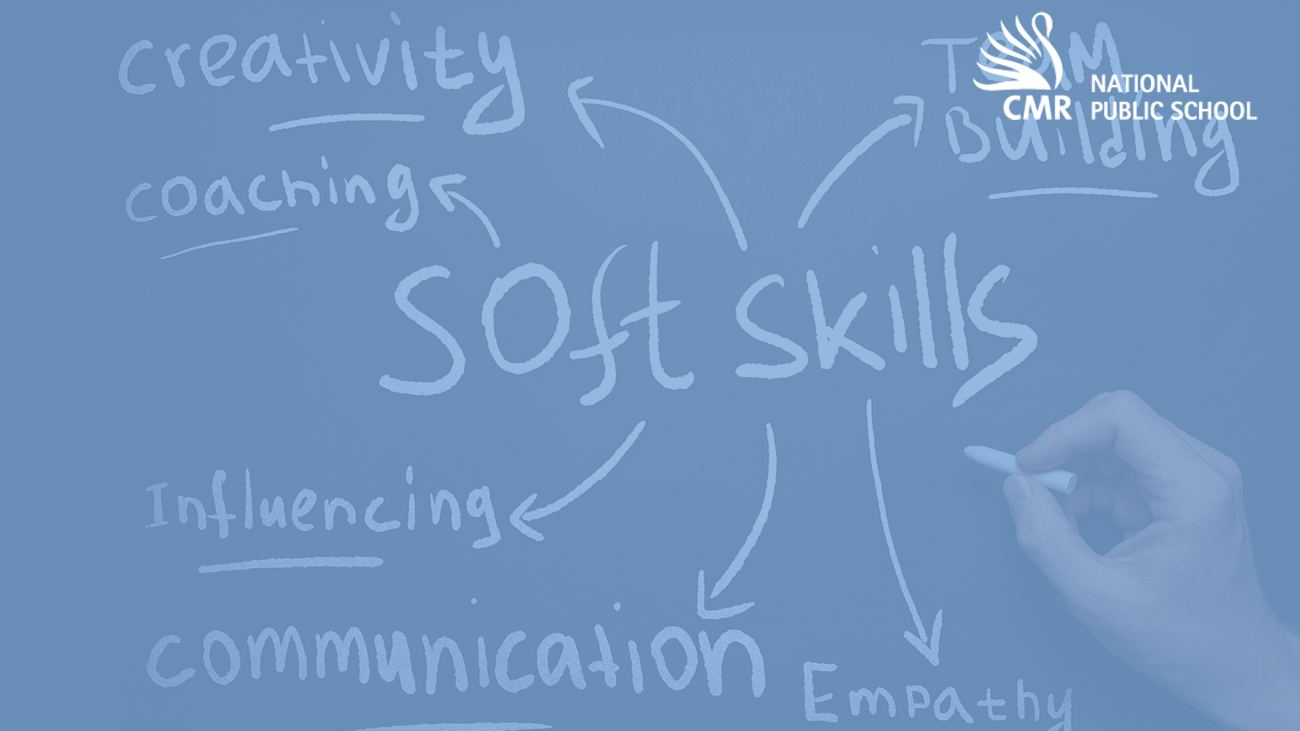Like any other language, mathematics is made up of concepts, terminologies, symbols, algorithms, and syntaxes which are peculiar to it. Children can only acquire this language by using it, that is by speaking it, writing it, and listening to it.
Of course, when younger children try to explain what they are doing, it may not be consistent or logical. This is because to explain properly, the child needs to reflect on what he/she has done. And reflection is a higher level of cognitive ability. Nevertheless, it is important that children begin by putting together explanations. Doing so will give them opportunities to develop the ability to put together the various mathematical processes involved, organize them, and put them into words. This will go a long way in developing their understanding and liking for mathematics.
Quite a few children can perform computational procedures correctly by rote, without understanding the mathematics involved. For example, some children of class 7 could not read 5 digit numerals correctly. But several of them could carry out long multiplication involving 4 or 5 digit numerals.
This failure to understand the basics of an algorithm is often due to an inadequate understanding of why we write numerals the way we do. Because of this, children make errors.
When children are learning the use of various symbols, they may come across difficulties like the following:
- Distinguishing between expressions like 32 and 3/2 or 2x and x2
- Multiple ways of expressing ‘=’ in words.
For example, 8 – 2 = 6 reads ‘ from 8 take away 2 which leaves 6 ’ and 6 + 2 = 8 reads ‘6 added to 2 makes 8’
- A single mathematical fact can be presented in various ways. For example,
8 – 2 = 6 can also be interpreted as 6 + 2 8 ; 7 = 3 + 4 is the same as 3 + 4 = 7.
[Note that this kind of commutativity may not appear very unusual to us. But children find it very confusing. They also absorb the second form of the equation (i.e.,3 + 4 = 7 ) much more easily than the first.]
Graduating from sentences like 5 + 3 = 8 to sentences like 5 + 3 = 3 + 5. (children have to go beyond viewing equations as sentences to viewing them as a number relationships.)
These examples show that while we are looking at children’s attempts to solve problems, we need to think about the mathematical language in which the question has been stated. When we present children with problems and /or solutions, we need to do so in different ways. Otherwise, the children may believe, For instance, that the “=” sign is only valid if one or more operations signs come before it. They may even believe that the answer must come after the ‘is equal to ‘ sign.
If you ask any of your friends whether mathematics learning and language learning are related, they would probably say ‘NO’. This is because they have yet to realize the relationship of mathematics with language at three levels.
- Language of Explanation: In the class, when the teacher explains Mathematical concepts, formulae, operations, procedures, propositions, etc., the teacher uses ordinary language to do so. In fact, every mathematical concept can be explained to children through ordinary language.
- Language of Problem solving: One of the principal aims of learning Mathematics is to develop the ability to convert real-life problems into mathematical problems, solve them using known techniques and interpret the results as meaningful solutions to the real-life problem. Children develop this ability by being exposed to appropriate word problems. Here, language comes in again.
- Mathematics as a Language: Mathematics is itself a language with its own symbols, words, and rules of syntax. It is based on a certain consistent set of assumptions and built up from there according to the rules of logic. The understanding and application of such logic, necessary for developing mathematics thought, depends upon the level of development of ordinary language. For example, only after developing the ability to use conjunctions such as ‘and’, ‘but’, ‘therefore’, and ‘or’ are the children ready for mathematically logical statements.
While discussing the different aspects of the interface between Mathematics and language, we shall usually stick to examples involving numbers. But this relationship is true for any area of Mathematics.


